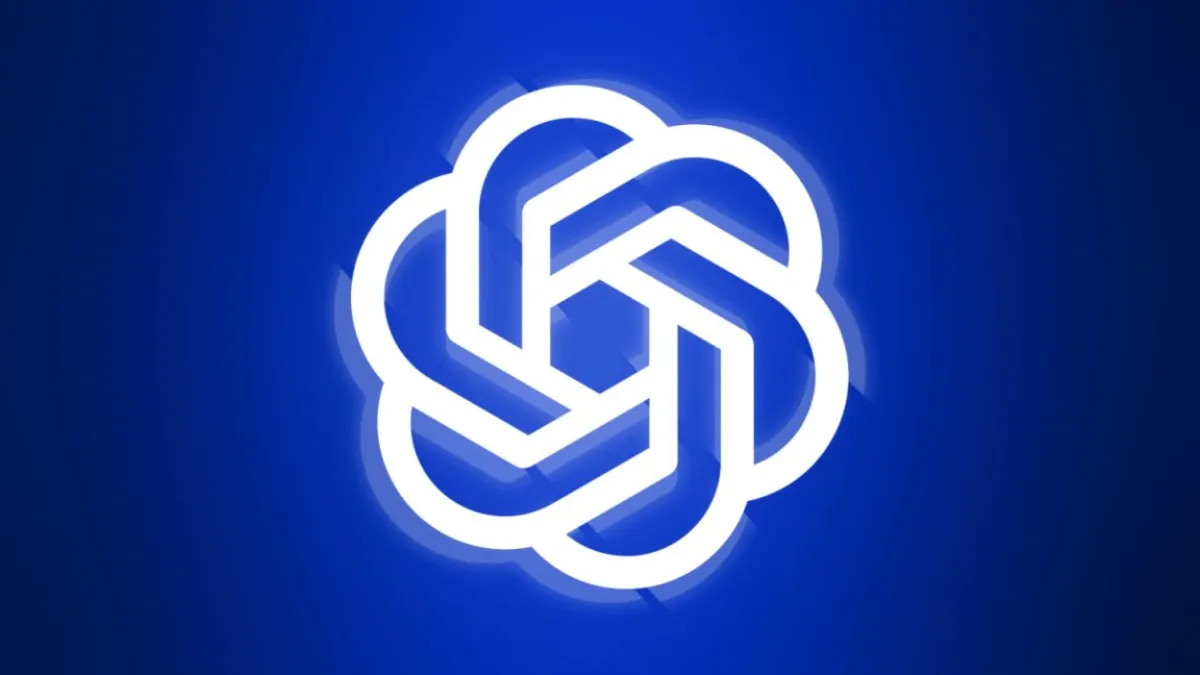
On Thursday, The Verge reported that OpenAI is gearing up to launch its highly anticipated GPT-5 as early as August. This news comes from sources familiar with the company's plans and marks a significant milestone in the evolution of artificial intelligence. The announcement follows a roadmap outlined by OpenAI's CEO, Sam Altman, five months ago, detailing the unification of the company's various AI capabilities under the GPT-5 banner.
In a recent post on X, Altman indicated that the release of GPT-5 is imminent. According to Tom Warren from The Verge, Microsoft engineers began preparing server capacity for GPT-5 back in late May. However, various testing and development challenges have pushed the timeline back slightly. During an appearance on Theo Von's podcast, Altman showcased GPT-5's impressive capabilities, revealing it provided an answer to a complex question that he could not solve himself. "I put it in the model, this is GPT-5, and it answered it perfectly," he stated, expressing a sense of wonder at the AI's performance.
The anticipation surrounding GPT-5 is palpable, especially considering its predecessor, GPT-4, was released in March 2023. Initial rumors about GPT-5 began circulating in March 2024, but the actual launch was delayed as OpenAI opted to reserve the GPT-5 name for this future release. As reported by The Verge, OpenAI plans to introduce both mini and nano versions of GPT-5, which will be accessible through its API. The main version is expected to combine a conventional large language model (LLM) with a simulated reasoning (SR) model, making it available through ChatGPT and OpenAI's API. The nano version, however, will reportedly only be accessible via the API.
Recent sightings of references to gpt-5-reasoning-alpha-2025-07-13 on X indicate that the model is now in the final testing phases. Code snippets have surfaced showing configurations such as reasoning_effort: high, suggesting that testers are currently evaluating the model's performance. Security experts are also undertaking red teaming exercises to identify and address any vulnerabilities in the system.
The upcoming GPT-5 model embodies OpenAI's effort to streamline its increasingly complex product lineup. As Altman articulated in February, GPT-5 aims to integrate features from both the company's traditional GPT models and its reasoning-oriented O-series models into a cohesive system. "We're truly excited to not just create a groundbreaking model, but also to unify our two series," stated Romain Huet, OpenAI's Head of Developer Experience, at a recent event. He emphasized that the advancements in reasoning from the O-series and multi-modality from the GPT-series will converge in GPT-5.
Before the official release of GPT-5, OpenAI plans to launch its first open-weights model since GPT-2 in 2019, allowing others with compatible hardware to download and run the AI model on their own machines. The Verge describes this upcoming model as akin to the O3 mini, featuring enhanced reasoning capabilities. However, Altman announced on July 11 that further safety testing is required for the open model, stating, "We are not yet sure how long it will take us." This commitment to safety underscores OpenAI's dedication to responsible AI development as it prepares for the next chapter in AI evolution.